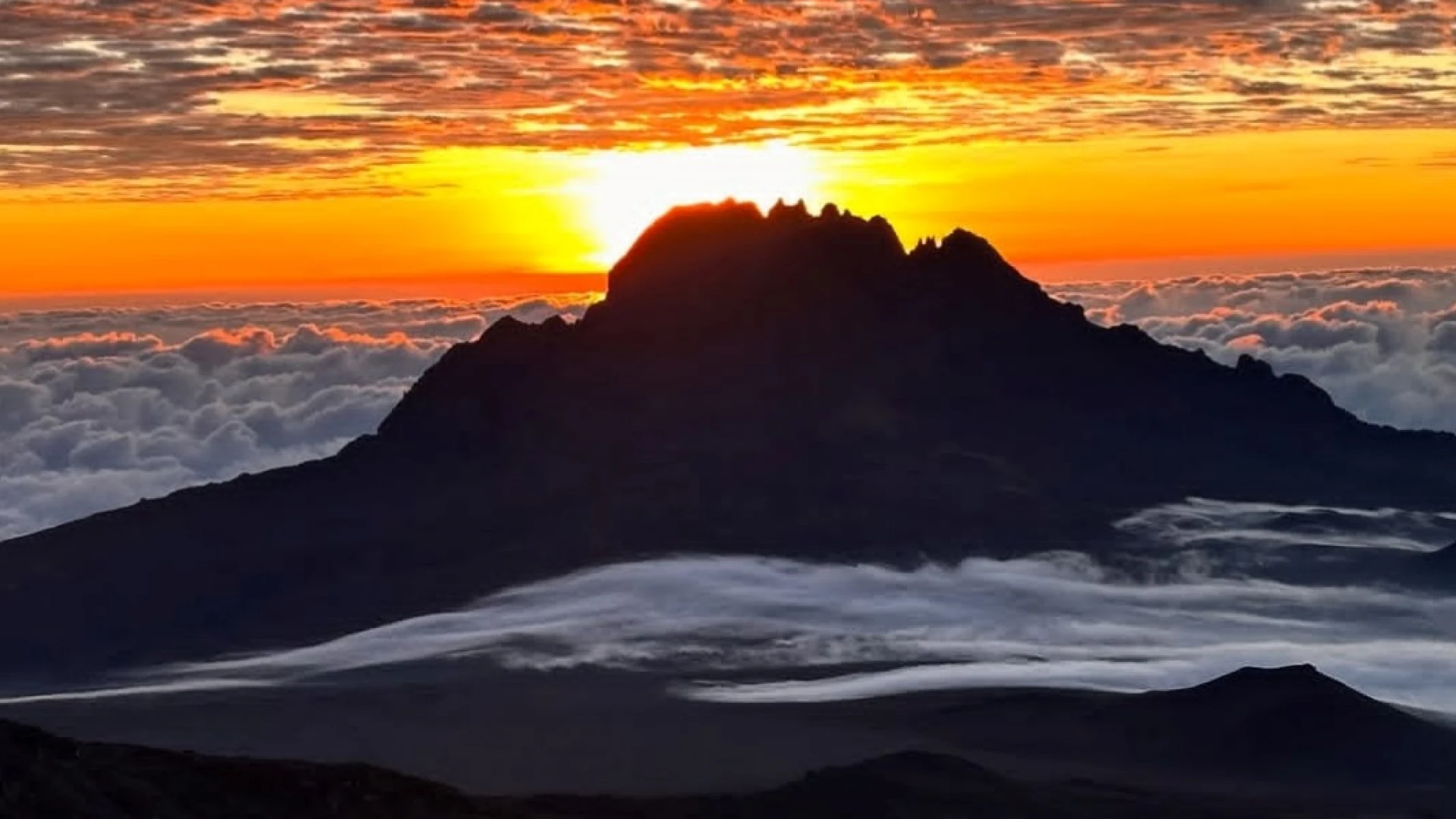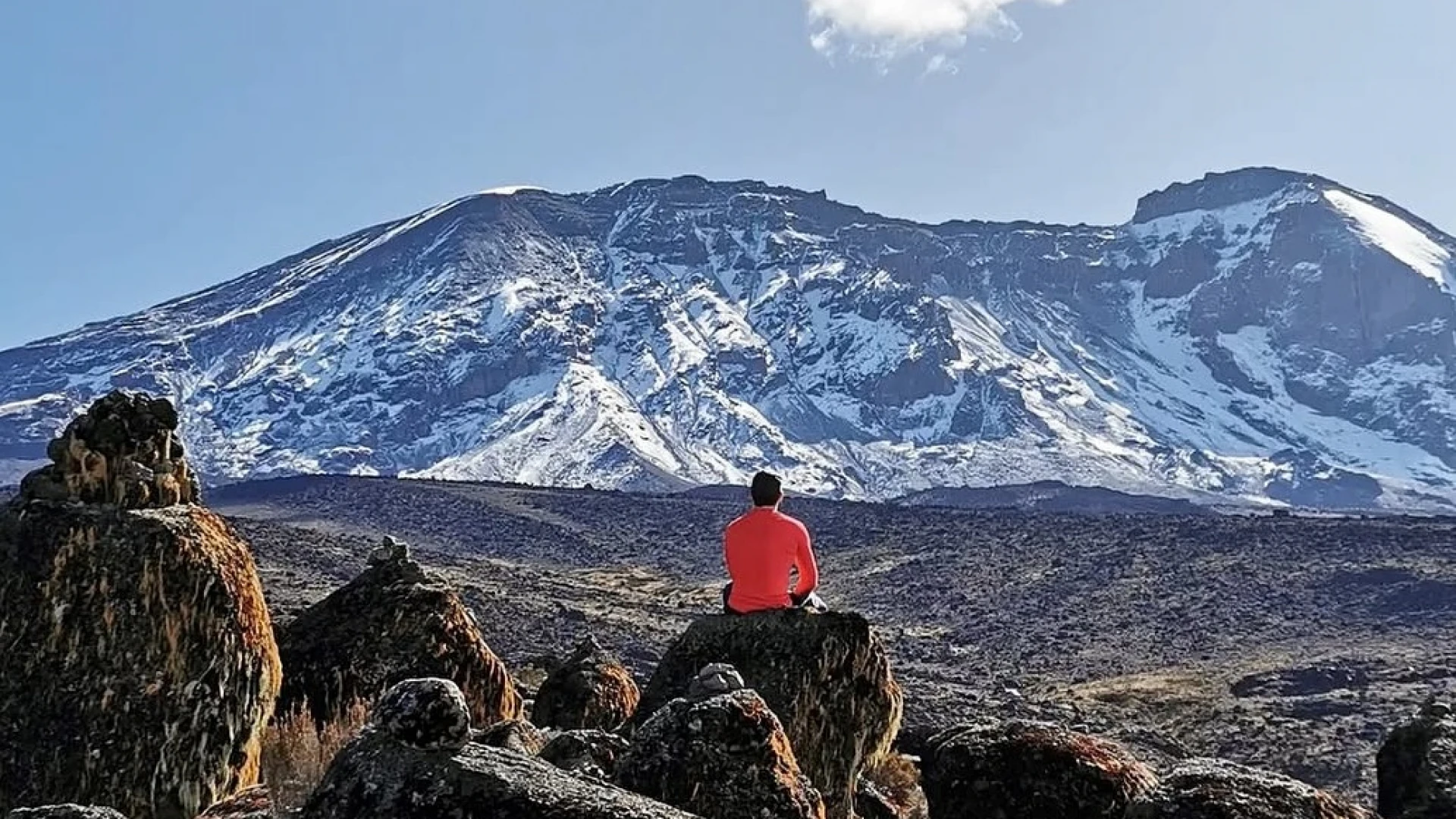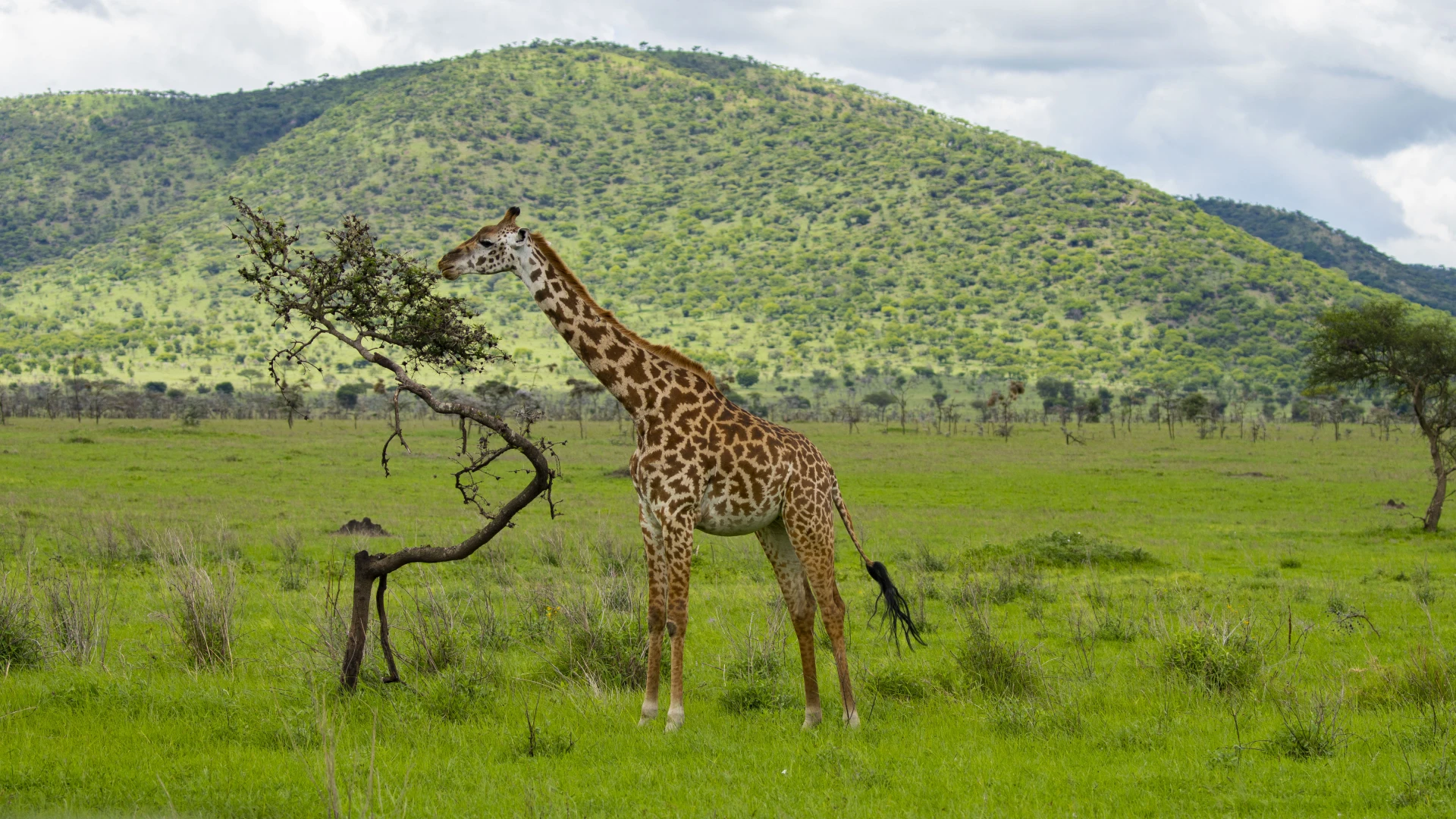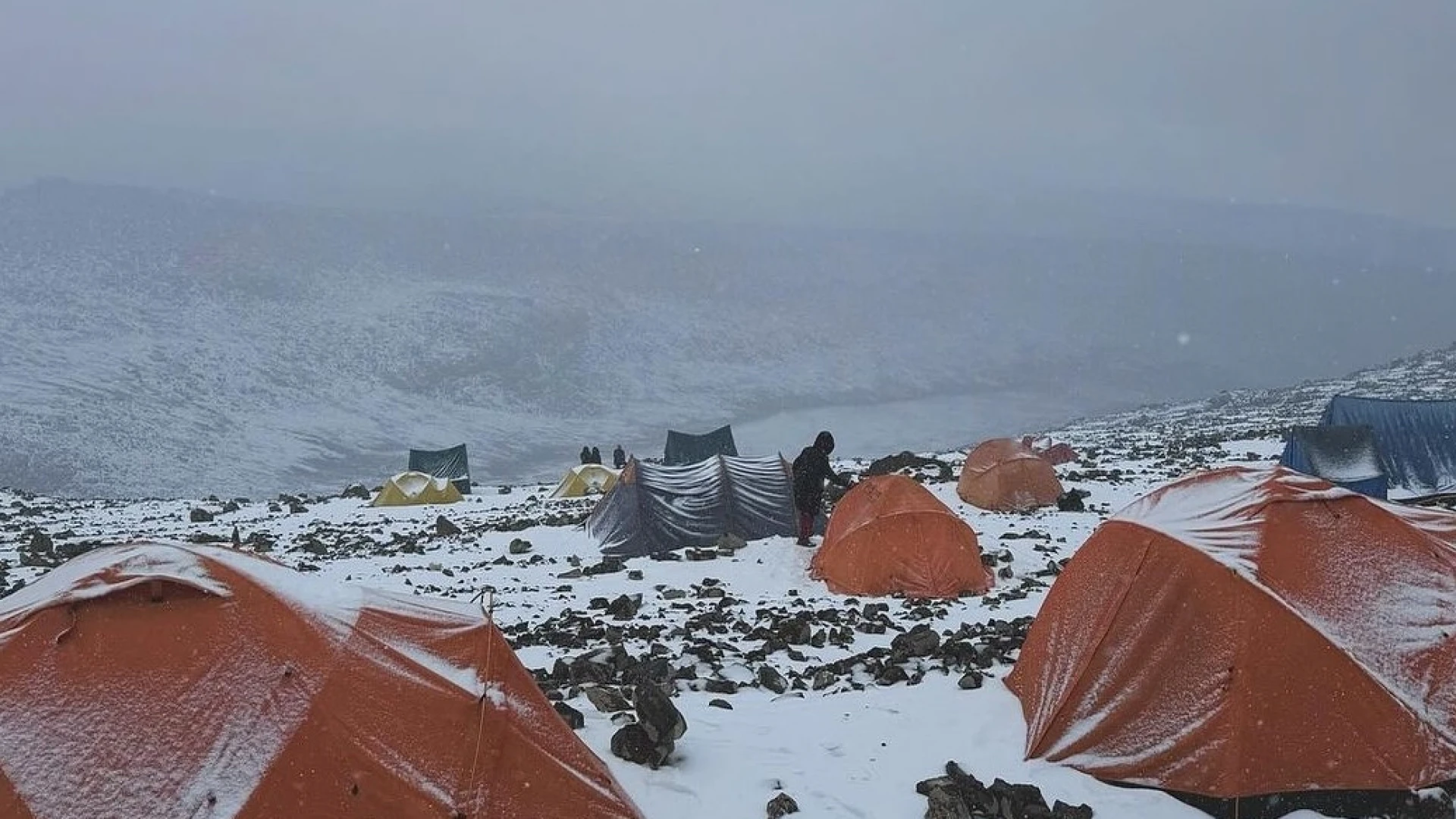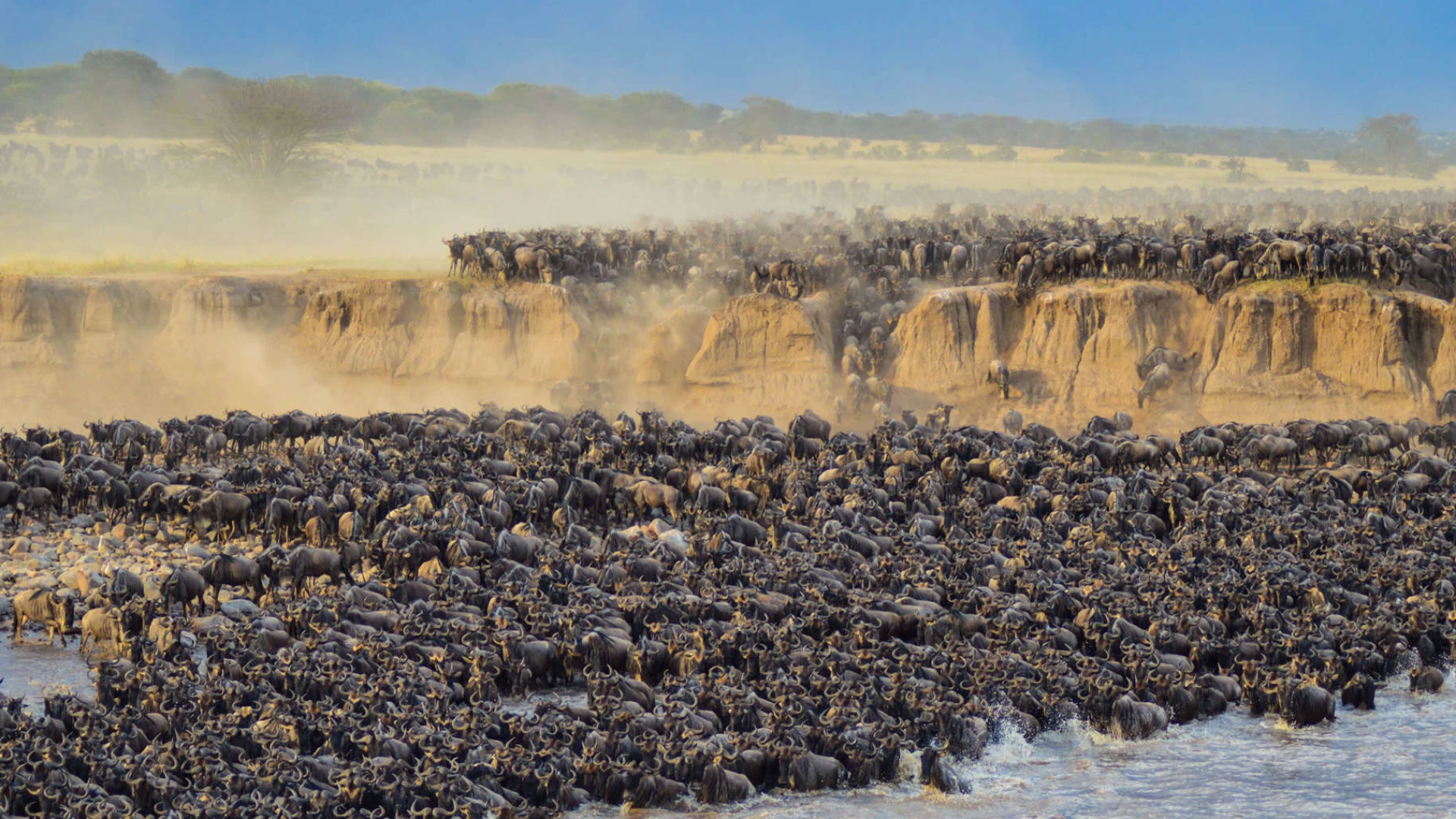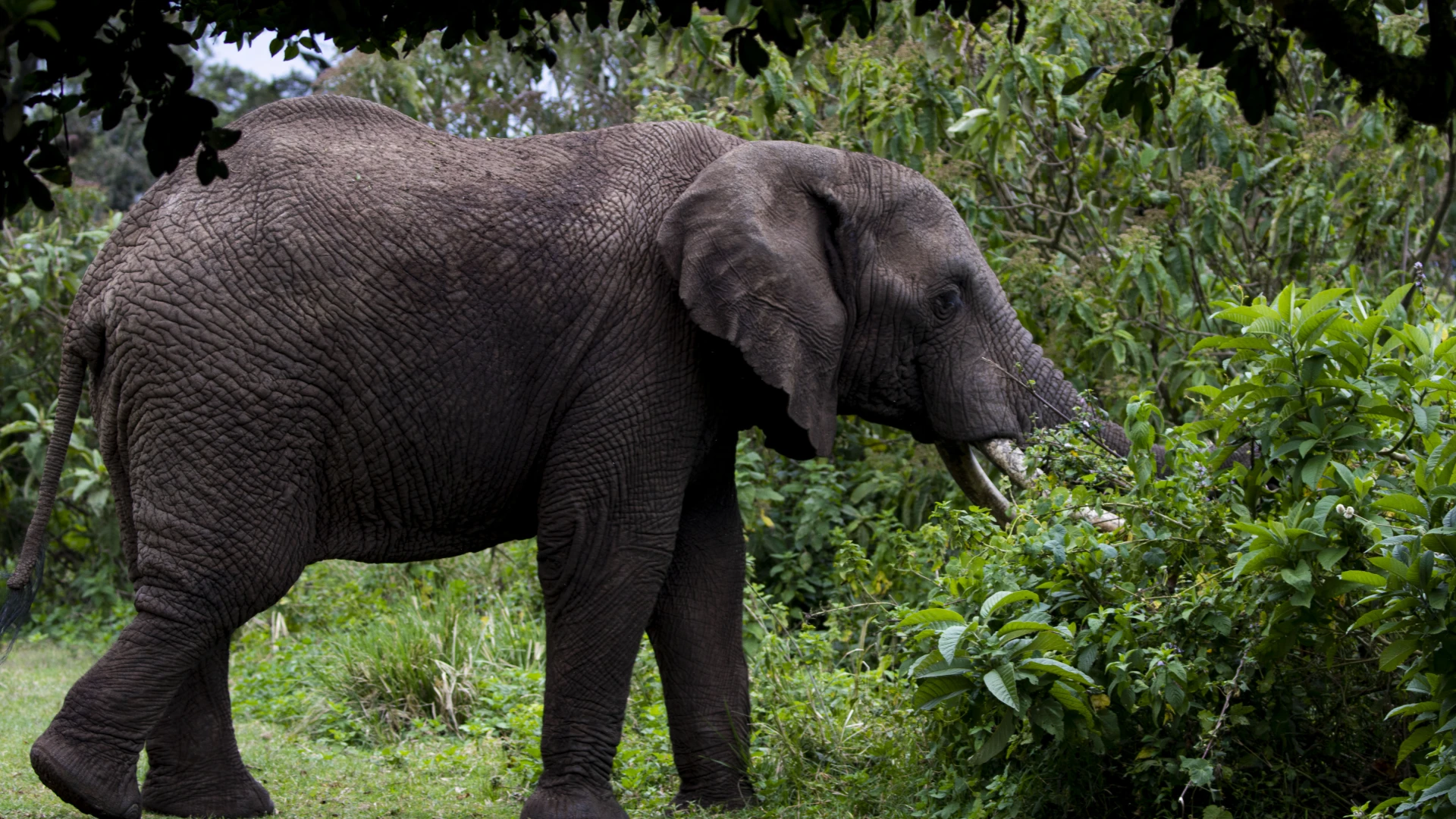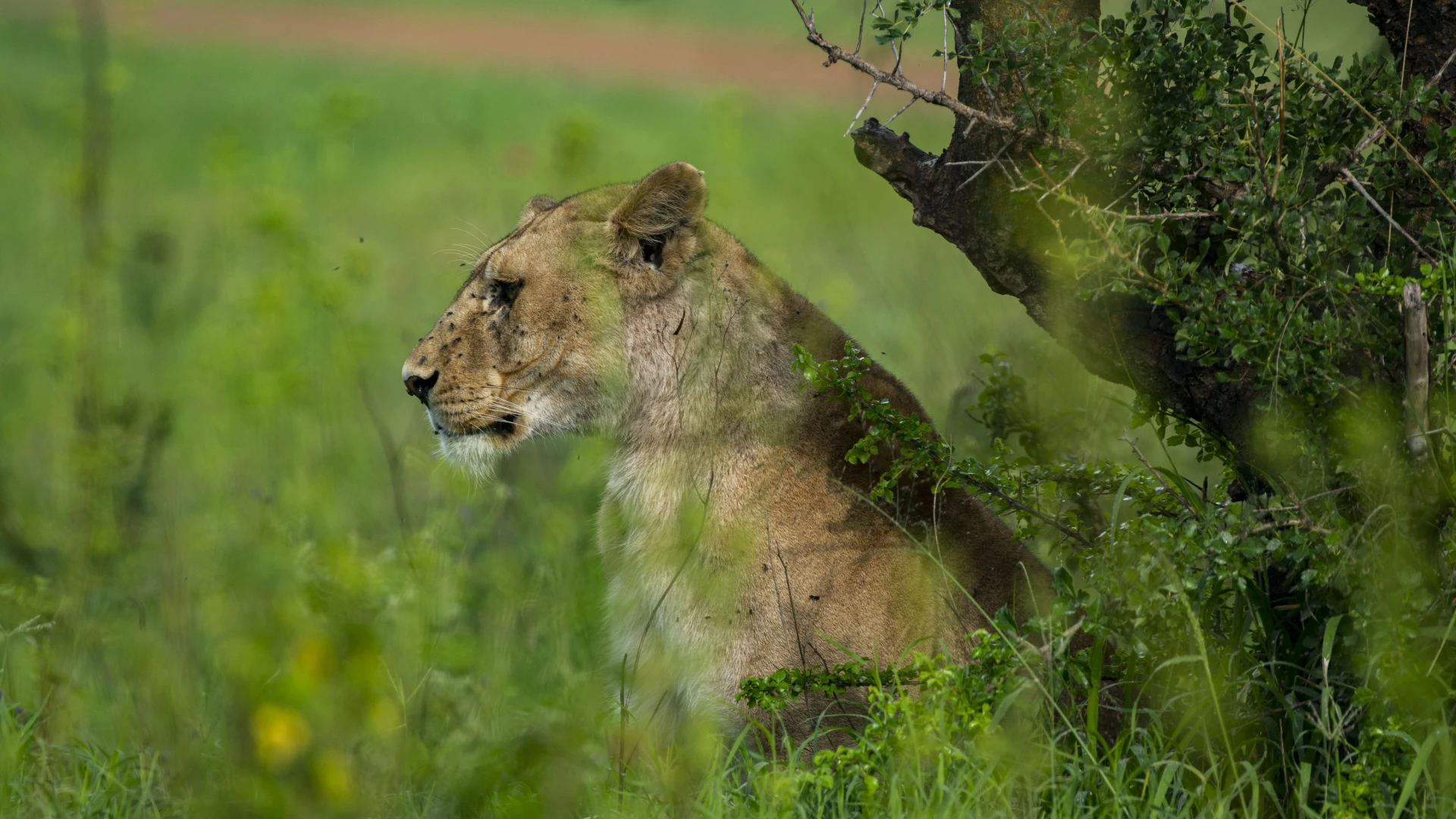
NGORONGORO CONSERVATION AREA
Ngorongoro Conservation Area is one of Tanzania's most iconic and ecologically significant sites, located in the eastern part of the Serengeti ecosystem. Unlike Serengeti National Park, Ngorongoro is a conservation area, meaning it is a unique place where both wildlife conservation and human habitation coexist, with the indigenous Maasai people living within the area.

Key Features of Ngorongoro Conservation Area:
Ngorongoro Crater: The Ngorongoro Crater, often referred to as the “Eighth Wonder of the World,” is one of the most spectacular natural landmarks in Africa. It’s a massive caldera formed by the collapse of a giant volcano about two to three million years ago. The crater floor spans about 260 square kilometers (100 square miles) and is home to a wide variety of wildlife, including the \Big Five\ (lion, elephant, buffalo, leopard, and rhinoceros). It is one of the best places in the world to observe wildlife in such a concentrated area.
Rich Biodiversity: The Ngorongoro Crater harbors an incredible variety of ecosystems, from dense forests on the crater rim to grasslands and swamps on the floor. The area supports a large population of elephants, zebras, wildebeests, gazelles, and buffaloes. The crater is also known for its high concentration of predators, including lions and hyenas. It is one of the few places where you can still spot the endangered black rhinoceros in the wild.
Maasai Community: Unlike in strictly protected national parks, the Ngorongoro Conservation Area allows for the coexistence of wildlife and human life. The Maasai, a semi-nomadic pastoralist community, have lived in the region for centuries and continue to practice traditional cattle herding. The conservation area is a UNESCO World Heritage Site, not just for its natural significance, but also for its cultural importance as a place where indigenous human cultures and wildlife have coexisted for generations.
Ngorongoro Crater’s Ecology: The floor of the crater is rich in wildlife year-round due to its constant access to water from both the rain and underground springs. There’s a remarkable variety of habitats, including grasslands, woodlands, and wetlands. The crater’s relatively small size and high density of animals make it an exceptional place for game viewing. Visitors often witness large herds of animals and active predator-prey interactions in the same area, which is unique in such a confined space.
Historic and Archaeological Significance: Ngorongoro, like the rest of the Serengeti ecosystem, has deep human history. Nearby Olduvai Gorge, a short distance from the crater, is one of the most important archaeological sites in the world. Fossils and tools discovered here, including the famous \Laetoli footprints\, provide evidence of early human ancestors dating back over 3 million years.
Conservation Challenges: While Ngorongoro is a vital site for biodiversity, it faces challenges related to human-wildlife conflict, particularly with the Maasai people living alongside wildlife. There are ongoing efforts to balance traditional livestock grazing with conservation, as well as protect wildlife from poaching. Additionally, tourism has led to concerns about its environmental impact on the delicate ecosystem.
Visiting Ngorongoro:
The Ngorongoro Crater offers an unparalleled wildlife experience, especially for those seeking to see a diverse range of animals in one concentrated area. The area is accessible by road from Arusha or the Serengeti, and it offers various accommodation options, ranging from luxury lodges to more rustic campsites. The crater floor is the primary attraction, with safari vehicles descending to the bottom to explore the wildlife in close proximity.
Conclusion:
Ngorongoro Conservation Area is an extraordinary blend of wildlife, geology, history, and human culture. It’s a place where visitors can witness the coexistence of humans and animals in a spectacular natural setting. Whether you’re drawn by the majestic crater or the unique cultural heritage of the Maasai people, Ngorongoro is undoubtedly one of Africa’s most unforgettable destinations.
NGORONGORO CONSERVATION AREA Attractions
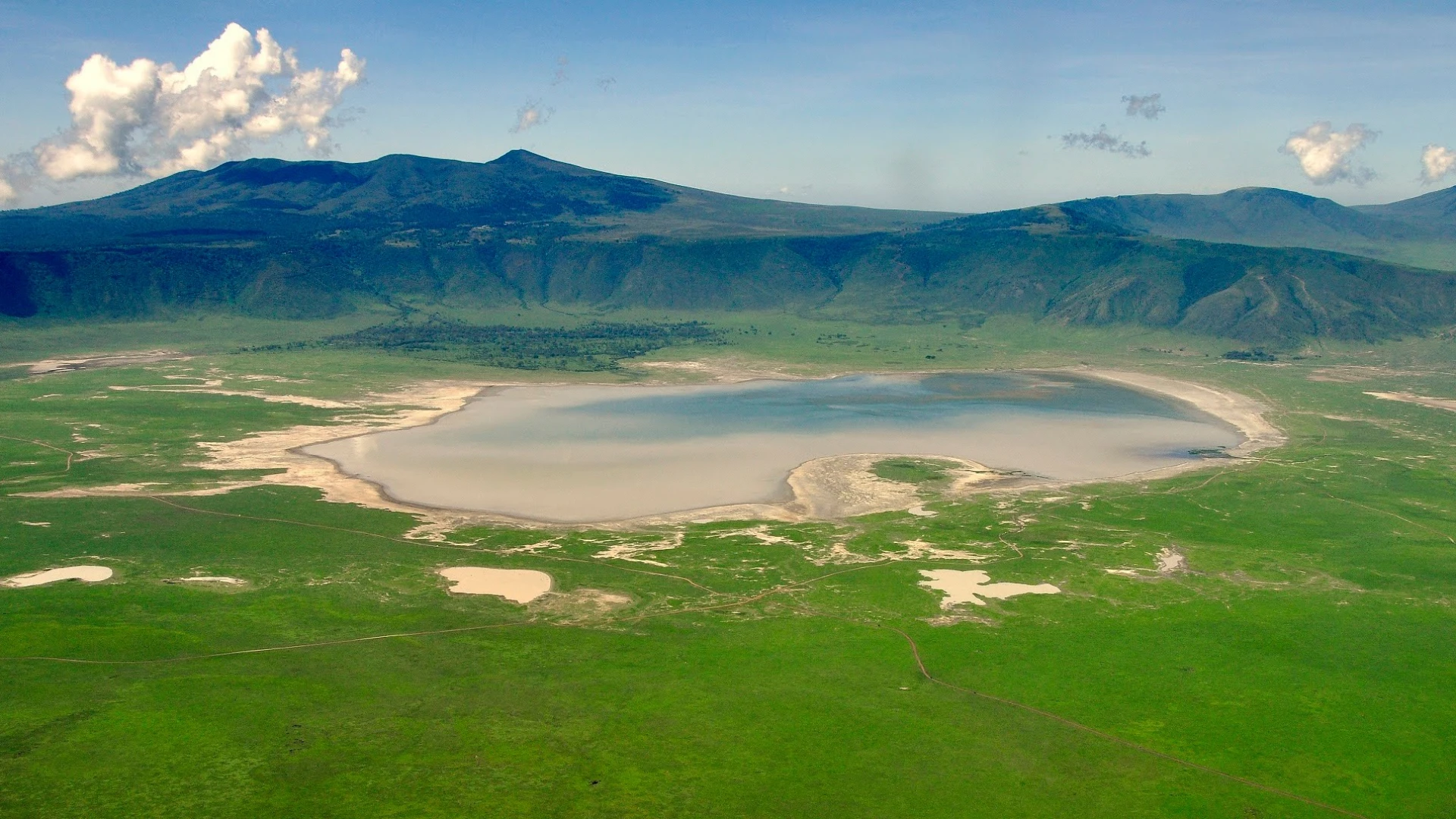
Ngorongoro Creator
Ngorongoro Creator

Flamingoes, Zebras and Wildebeest
Flamingoes, Zebras and Wildebeest
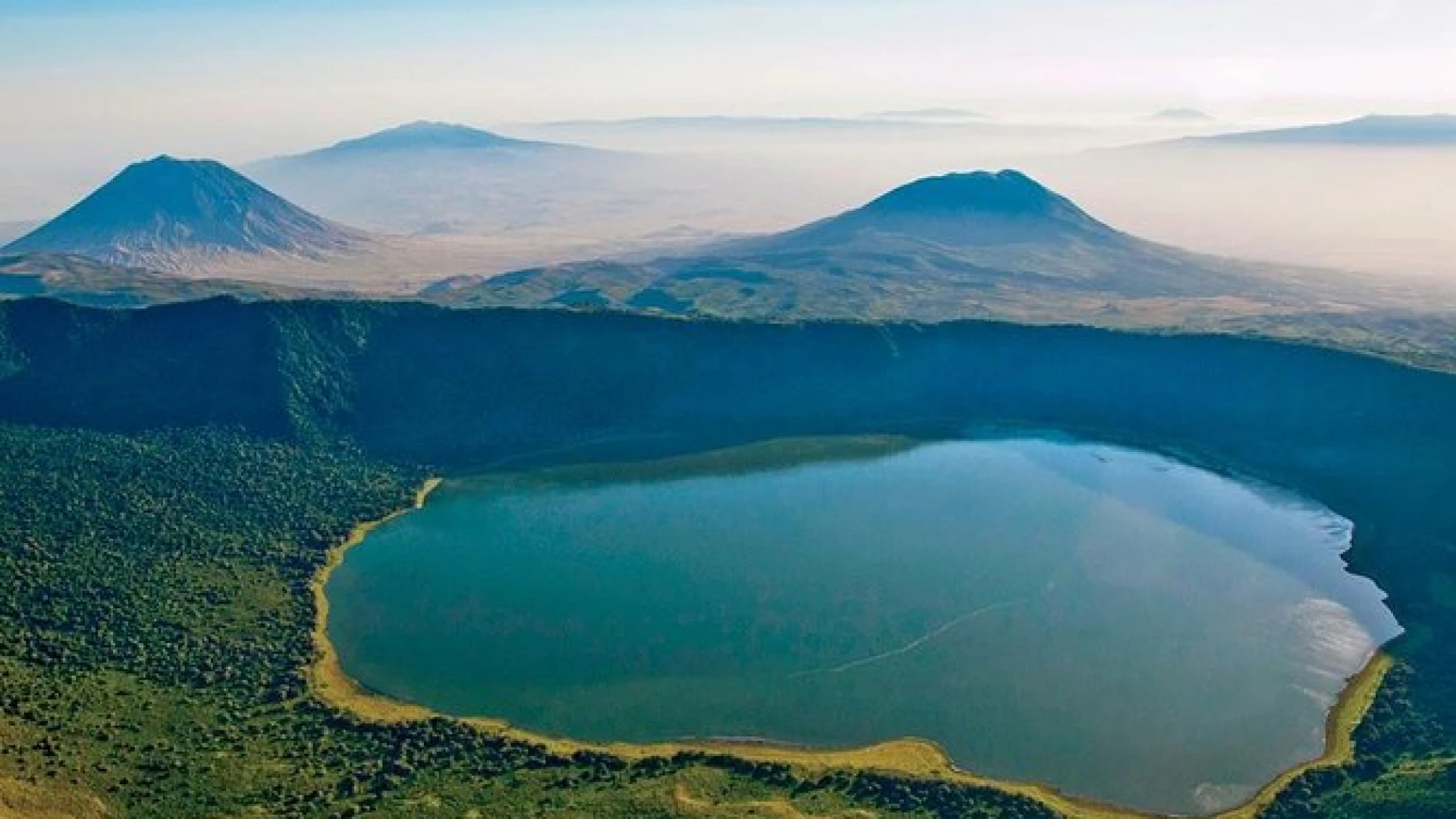
Ngorongoro
Ngorongoro
Tours & Safaris
Subscribe Now
Get up to date with destinations.

